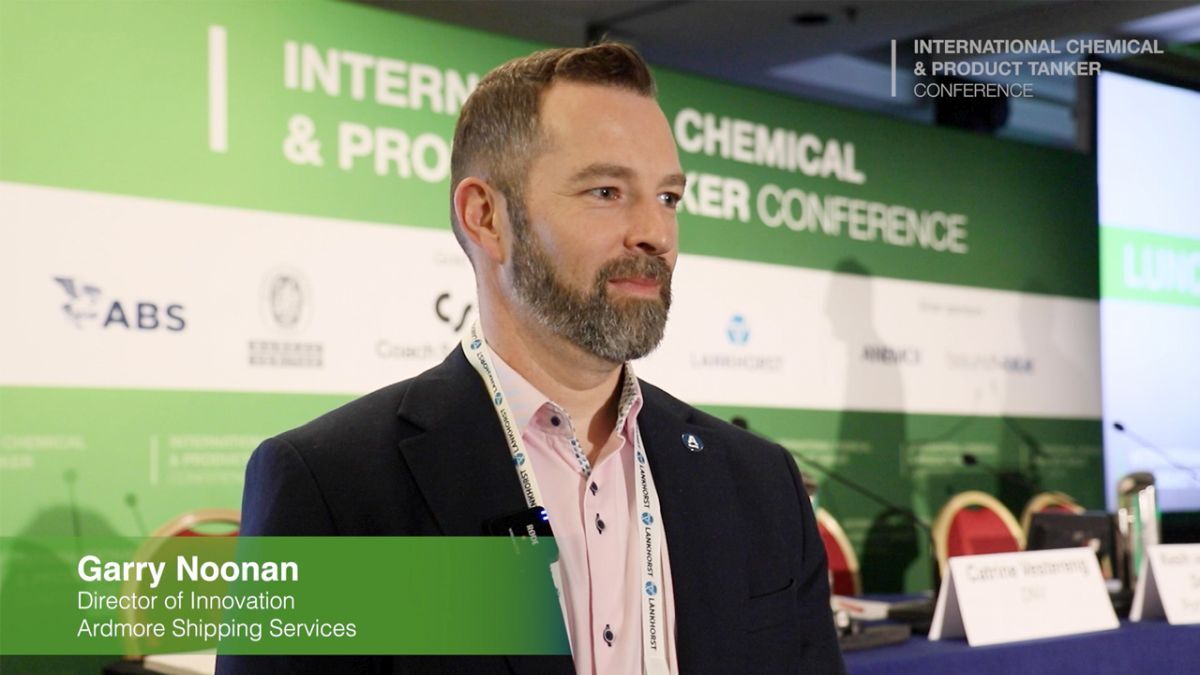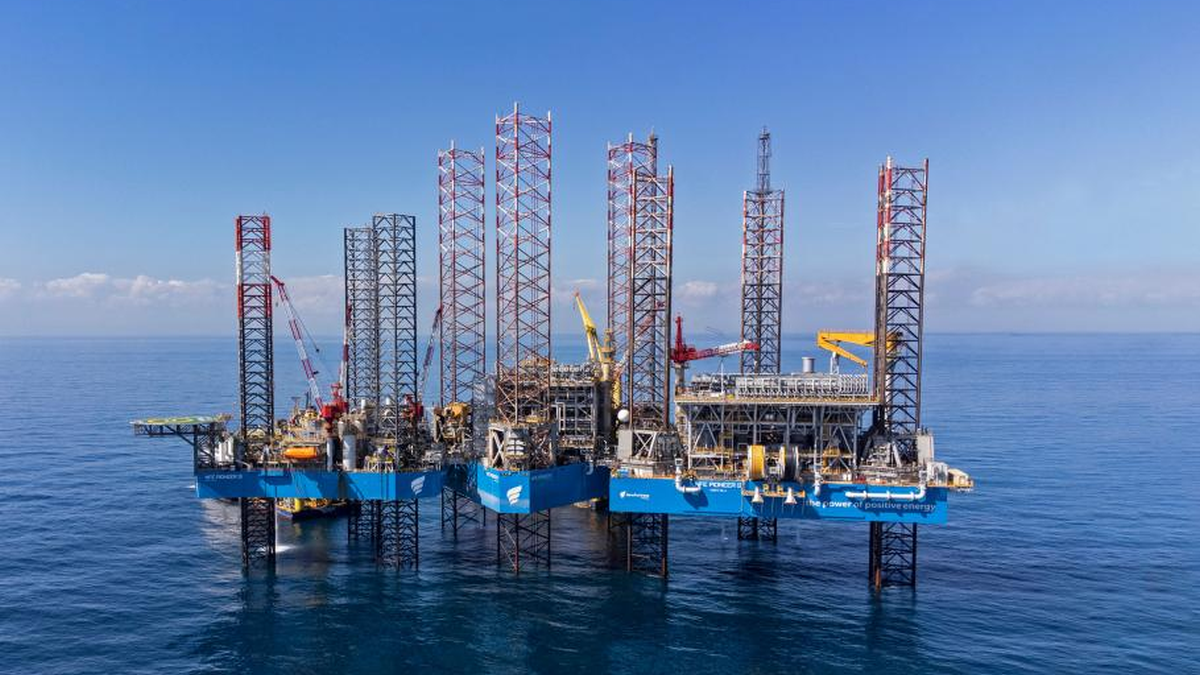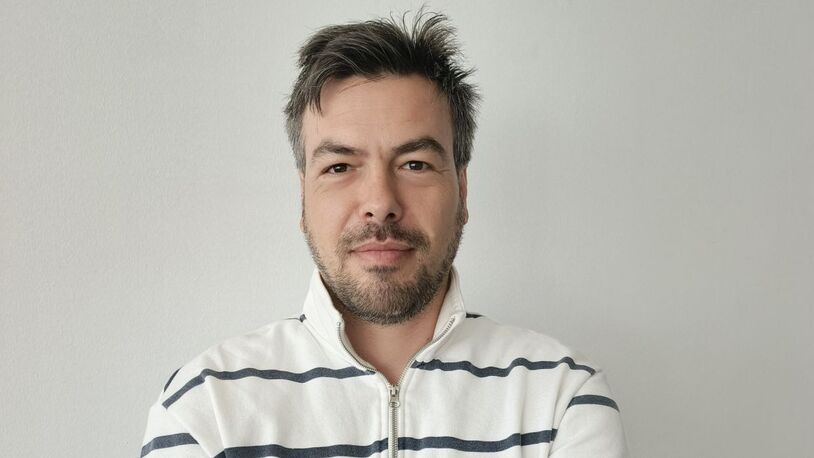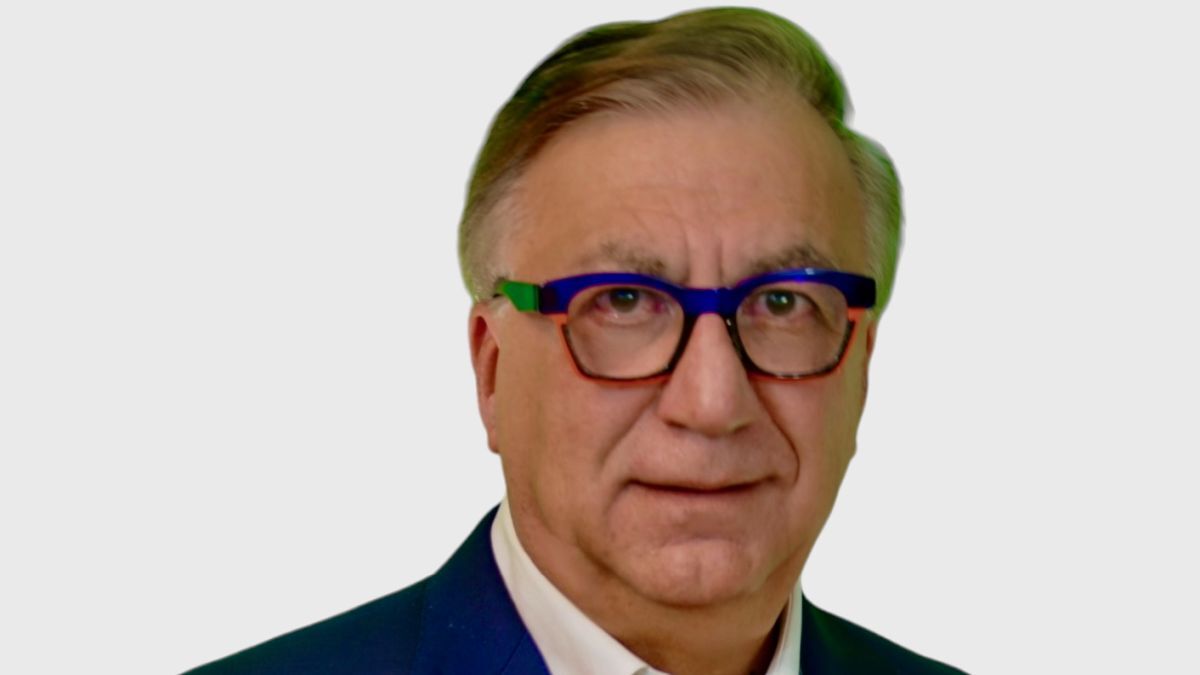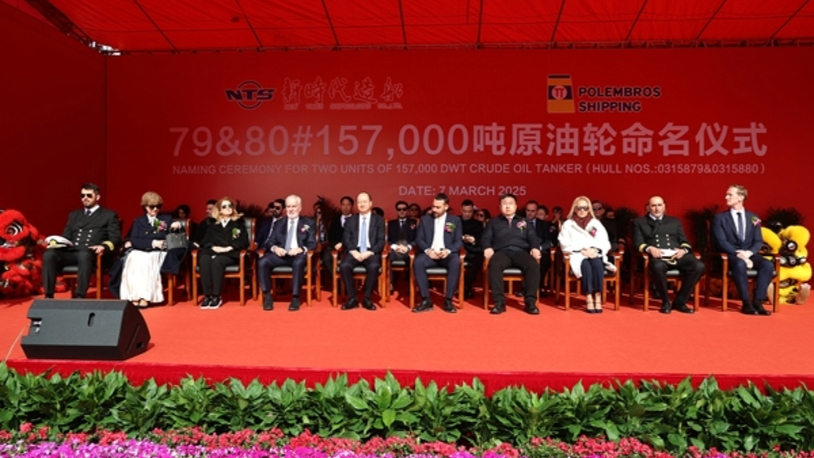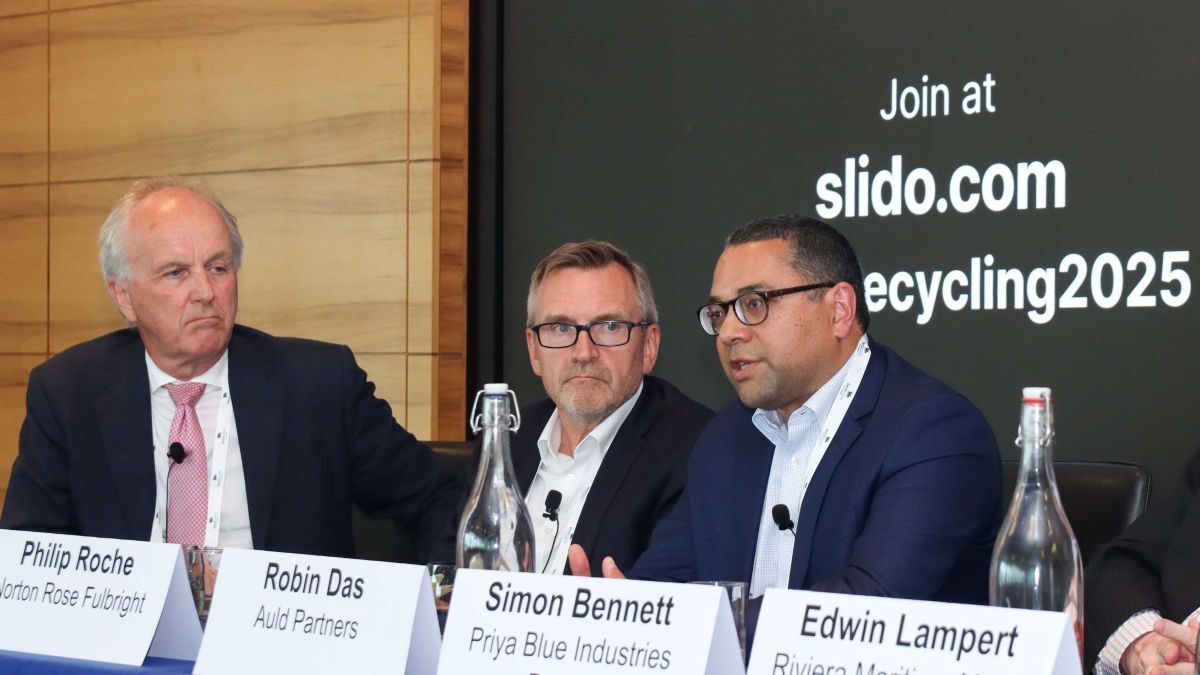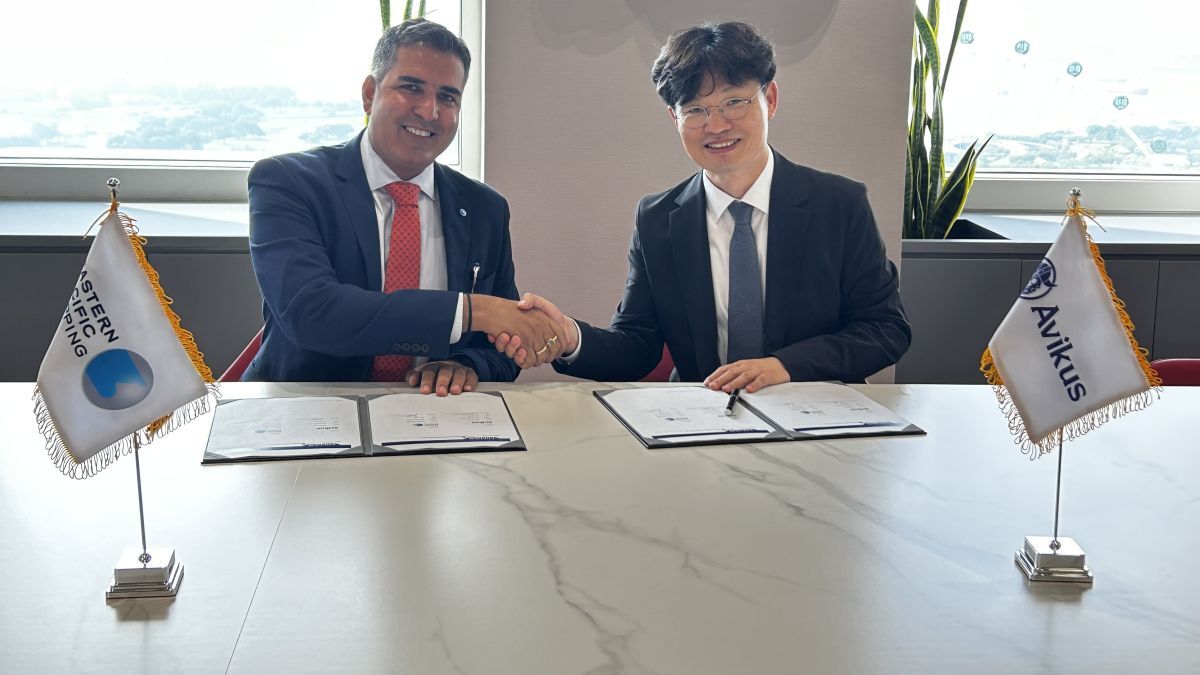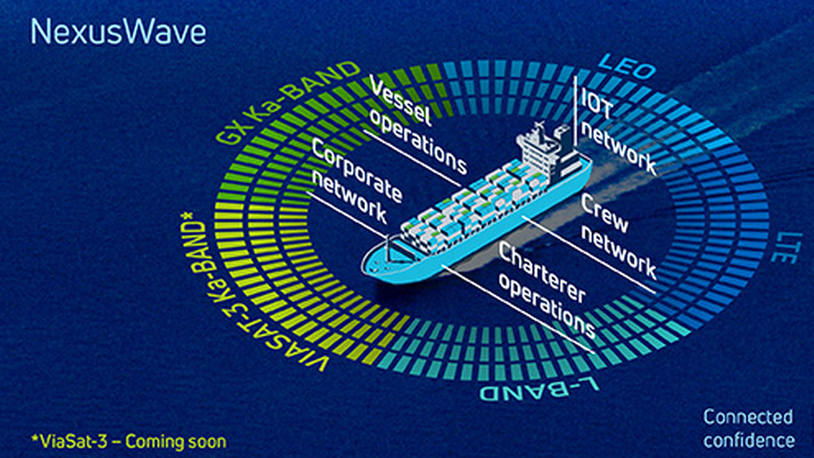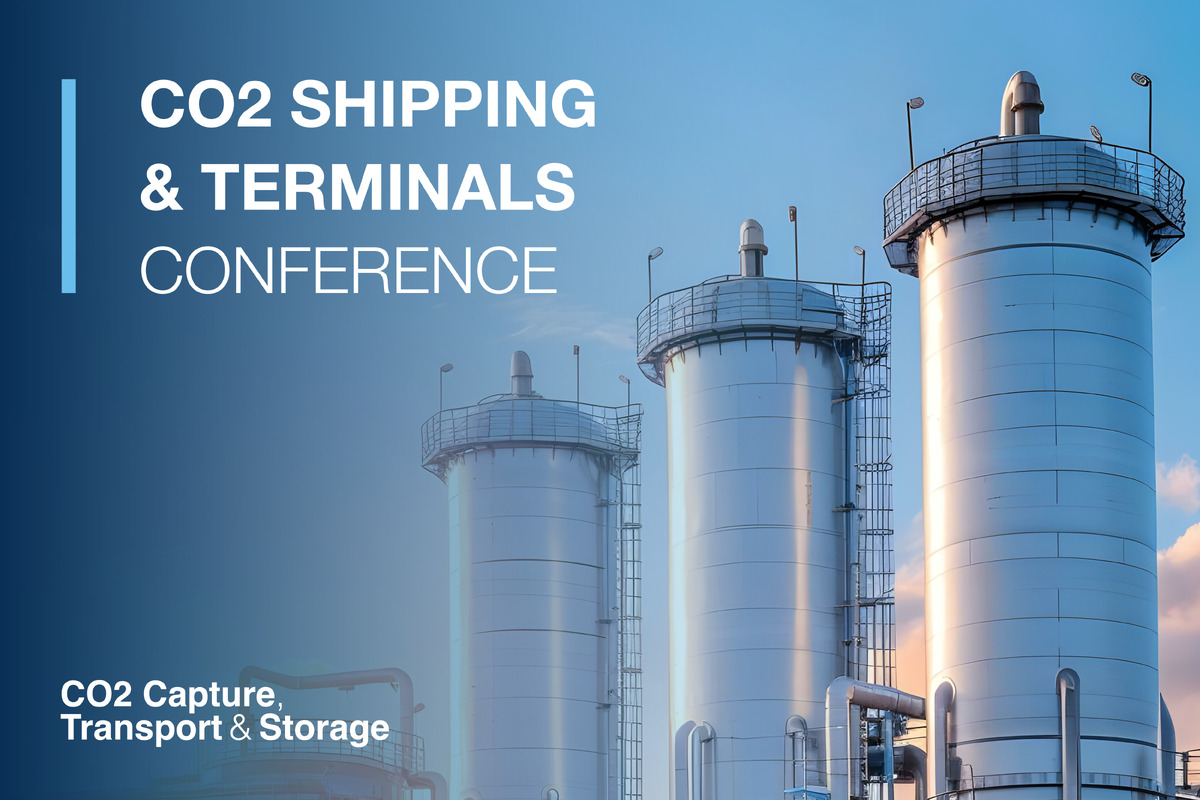Business Sectors
Contents
Lifecycle management requires a holistic approach
Sustainable tanker operations can be seen in terms of three distinct but interconnected categories: the business case; environmental impact and safety; and crew retention.
Sustainable tanker operations can be seen in terms of three distinct but interconnected categories: the business case; environmental impact and safety; and crew retention.
“Some tanker types have better sustainable business models than others,” says Lloyd’s Register’s (LR) chief executive, Richard Sadler. “Chemical tankers, for example, use more fuel for transporting cargoes and less on ballasting than other tanker types.”
Mr Sadler feels the energy efficiency design index (EEDI), under consideration at IMO, does not fully take this into account. “The issue is that different tanker types operate with different EEDIs; however, EEDI does not make any reference to the time during which tankers are in ballast or loaded. We must ensure that fuel is used as efficiently as possible. This means for transporting cargo and not wastefully when a ship is in ballast.
“We need to consider the through-life effects of shipping from the carbon released during manufacture, operating the ship during its life and then its recycling, to secure an overall carbon footprint. It is important to ensure energy optimisation as much as possible. An operator can squeeze 10-15 per cent out of current hull designs but if he improves the cargo/ballast ratio this really improves the efficiency of the carbon fuel burnt.”
A particular focus for LR is the overall lifecycle of a vessel, including how well qualified crew are and whether tankers are arranged for safe operations. The major thrust of the society’s R&D programmes is, of course, on engineering, and in particular designing vessels to burn less fuel. LR is working in joint ventures in studying hull optimisation, as well as engine and propeller optimisation. “We are studying improved hullforms and engine efficiency to optimise engine combustion pressures to obtain the best from a vessel,” he adds.
Areas of LR’s design research with specialised software include hydrodynamic optimisation of hulls, rudders and propellers. Research is ongoing into reducing vortices, improving rudders, increasing hull smoothness and limiting drag through application of advanced hull coatings. Alternative fuels are also being studied.
“We are six months into a nuclear shipping research project and have also been concentrating heavily on LNG fuel technology,” says Mr Sadler. “We believe a nuclear plant would work well for tankers which call at offshore loading and discharge facilities and do not enter main ports. The Suezmax seems to be a good option on which to test this technology.”
Bureau Veritas (BV) has started an EU-funded sustainable shipping research project. The study will last three years, involving shipowners such as Euronav, Maersk Tankers and Maran Tankers, as well as engine manufacturer, Wärtsilä, says BV’s product manager for gas carriers and tankers, Yannis Calogeras. “We are looking at slow steaming and mixed energy use on board ships, as well as new techniques to improve energy efficiency including the use of fuel cells, sails and solar panels.”
This class society has developed various tools to help designers, shipyards and owners to improve tanker energy efficiencies. The VeriStar Hull Life Cycle (HLC) tool assesses the environmental impact of tankers from shipbuilding, through operations, to recycling. BV has a green ship rating tool that is similar to VeriStar HLC.
“This tool provides measurements on the environmental performance, assessing five variables such as energy efficiency, greenhouse gas, NOx and SOx emissions,” says Mr Calogeras. “It takes into account the time a tanker goes without discharges, as well as the rating requirements of the sewage treatment and ballast water treatment plants.”
Another BV tool is Seecat, a ship environmental efficiency calculation tool. “Seecat simulates energy losses and consumption when modelling a ship, predicting efficiency and optimising the design,” adds Mr Calogeras. “It looks at the benefits on board and finds ways of improving designs.” BV also has tools to calculate the EEDI and can assist in developing the ship energy efficiency management plan (SEEMP) for owners, yards and charterers.
“We find more charterers are looking at environmental performance and using our tools to rate a tanker’s impact; they have attracted interest from oil majors, including Total. Owners are phoning to say that their clients require a vessel to be in possession of a SEEMP or even a fleet wide energy efficiency management plan. Our role is to help owners to generate, certify and audit their plans periodically.”
Another key area of research is reducing hull friction using air lubrication systems and low friction hull coatings. Research in 2009 into air films around hulls was not promising, as BV’s Yannis Calogeras explains: “The study showed we could obtain a 15 per cent reduction in perfect conditions but the air films were so fragile that in normal sea conditions there was too much friction and water drag.”
Germanischer Lloyd (GL) has further refined its answer to sustainable tankers, the Best Plus design concept, with a more conventional tank layout to make it easier for shipyards to consider the design. Best Plus now envisages an Aframax tanker with an optimised hull for fuel efficiency and wider double hull to reduce oil environmental damage in the event of a spillage. GL could adapt the Best Plus concept for Suezmax tankers or VLCCs, says GL’s senior vice president of strategic research and development, Pierre Sames.
“We are not only looking at fuel efficiency but also into lower emissions and reduced oil spillage after accidents, so that it is a safer, greener and smarter ship emitting less CO2 and offering higher revenues for operators,” Dr Sames explains.
“Best Plus has the highest design speed of any Aframax today, It keeps CO2 constant and improves efficiency vastly. Ship operators want to maintain the relatively high speed for successful business and charterers will want vessels with low EEDIs. There will be pressure on owners to provide more efficient tankers for long-term charters to major companies.”GL used the Friendship Framework, Poseidon, Napa and Ship Flow software tools to create the concept for a 114,923 dwt, 250m long Aframax with a cargo volume of 129,640m3, a beam of 44m, draught of 13.8m and a speed of 15.6 knots. The design has an EEDI 16 per cent below IMO’s proposed reference line for this vessel size.
GL’s current research is focused on optimising ballast water requirements and adding volatile organic compound (VOC) capture on the concept. “We believe VOCs will become an issue in the future since new requirements will be appearing and there are better ways of dealing with VOCs than venting them,” says Dr Sames. “We are also examining different cargo tank layouts. Best Plus has a 6 x 2 tank layout and we think a 5 x 3 arrangement will be attractive. We are also developing a design alternative using LNG as a fuel for operating in emission control areas.”
ClassNK is developing PrimeShip-Green software. This will calculate a vessel’s energy efficiency operating index, and can be used to benchmark fleet performance.
It is also involved in 19 research projects run by the Japanese Ministry of Land, Infrastructure, Transport and Tourism for reducing CO2 emissions. The society is contributing US$25 million towards the budgets. The projects will run through to 2013 and target an overall emissions reduction of 30 per cent compared with existing ships.
“The technical measures aim at energy efficiency and improvement through enhanced hardware,” says ClassNK’s Abdul Rahim. “These include improvement of optimum hullform, reduction of hull friction, and improvement of propeller and engine efficiency, waste heat recovery and utilisation of renewable energy.”
ClassNK’s studies also focus on improving propulsion efficiency including propeller cap fins (such as Mitsui OSK’s PBCF), hub vortex free caps, rudder bulbs and contra-rotating propellers, explains Dr Rahim. Engine efficiency and waste heat recovery studies centre on hybrid turbochargers with inbuilt generators, reduction gears and high revolution hydraulic pumps. Hybrid power generation, incorporating solar panels and large capacity batteries to reduce load on conventional generators and emissions during port operations, is another area of interest.
More widely, Japanese shipyards are developing new tanker designs, including the future 310T concept VLCC. This would use 30 per cent less fuel than a conventional VLCC.
Efficiency technologies will be adopted by 2020
Det Norske Veritas (DNV) predicts several energy efficiency technologies will be adopted during this decade, as owners strive to reduce fuel costs. In its Technology Outlook report DNV forecasts that new tankers will incorporate advances such as air cavity or lubrication systems, hybrid materials and a mixture of different propulsion and power systems.
“Developments in material science, drag reduction, propulsion and energy efficiency will provide the basis for the key specifications of new ship concepts,” DNV said in the report. It is likely that some operators will adopt air bubble lubrication and air cavity systems during the next 10 years, although there are technical challenges to overcome.
Air bubble lubrication means air is pumped beneath the ship through hull holes to dissipate turbulence and drag. Air cavity systems would have compressed air forming a cushion under the hull, DNV explains.
The class society says there is a high possibility that hybrid propulsors will be installed on tankers this decade. These would combine shaft propellers and azimuth thruster pods (as already proposed by Wärtsilä for some ship types) with efficiency enhancing devices such as pre- or post-swirl fins (such as those already used on some Japanese-built tankers).
“Hydrodynamic optimisation can enable efficient arrangements of a contra-rotating pod propeller behind a main controllable pitch propeller (already used on one or two Japanese ferries), and of a feathering centreline propeller with steerable side pods,” DNV explained. “Although hybrid propulsors are expensive, this technology is expected to provide fuel savings of up to 10 per cent.”
DNV also expects ships with hybrid power generators to be built. These semi-electric ships would have a mixture of conventional and more efficient generators, including superconducting motors and generators, fuel cells and batteries. “This concept could easily integrate power from alternative renewable sources such as solar panels and retractable wind turbines.” Fuel cells could be powered by natural gas, bio-gas, methanol, ethanol, diesel oil or hydrogen. Batteries would balance power distribution, compensating when fuel cells cannot fulfil fast load changes.
The report also considered the potential for alternative fuels, such as biofuels, natural gas and nuclear power. It said ballast water free ships and kites could be considered. Some of these considerations were incorporated into DNV’s recent Triality tanker concept (Tanker Shipping & Trade, February/March 2011). This is a VLCC design which is proposed to be fuelled by LNG while requiring no ballast water and emitting no VOCs. TST
Related to this Story
Events
Reefer container market outlook: Trade disruption, demand shifts & the role of technology
Asia Maritime & Offshore Webinar Week 2025
Marine Lubricants Webinar Week 2025
CO2 Shipping & Terminals Conference 2025
© 2024 Riviera Maritime Media Ltd.



